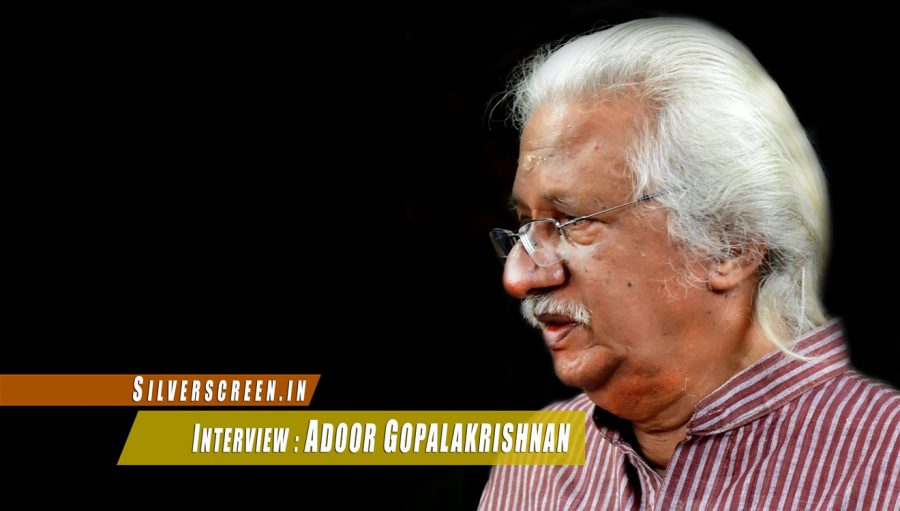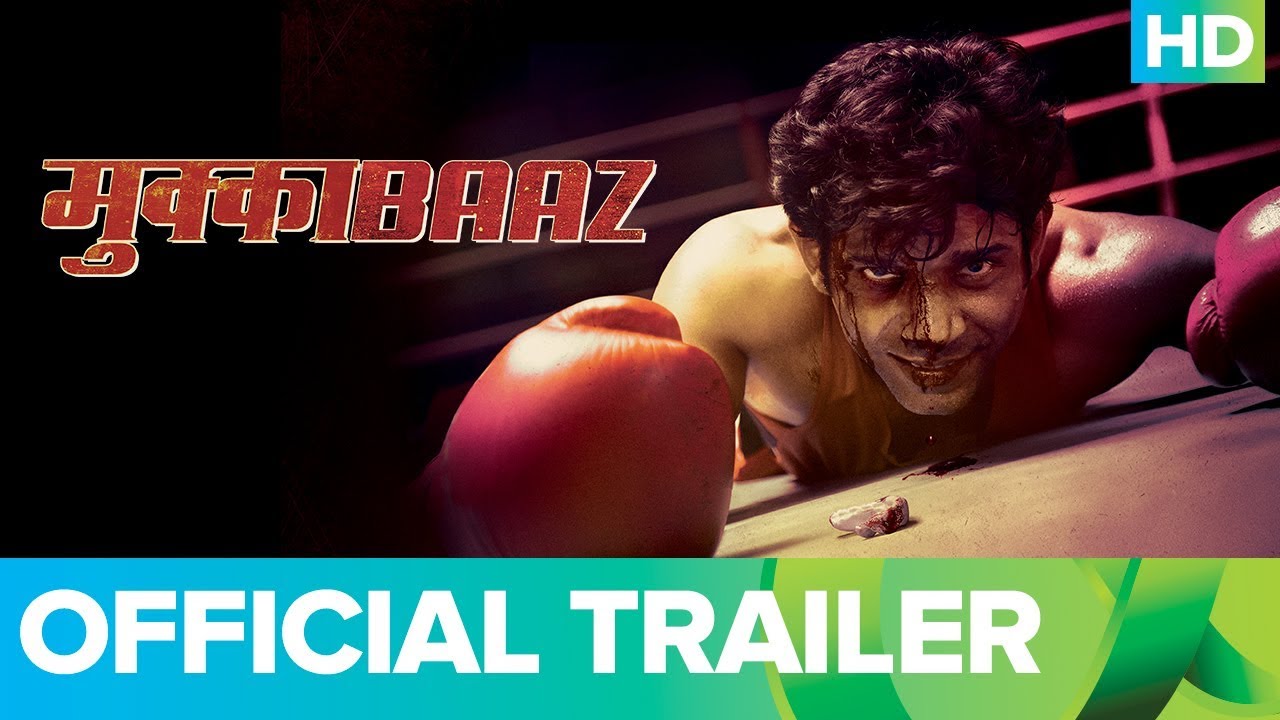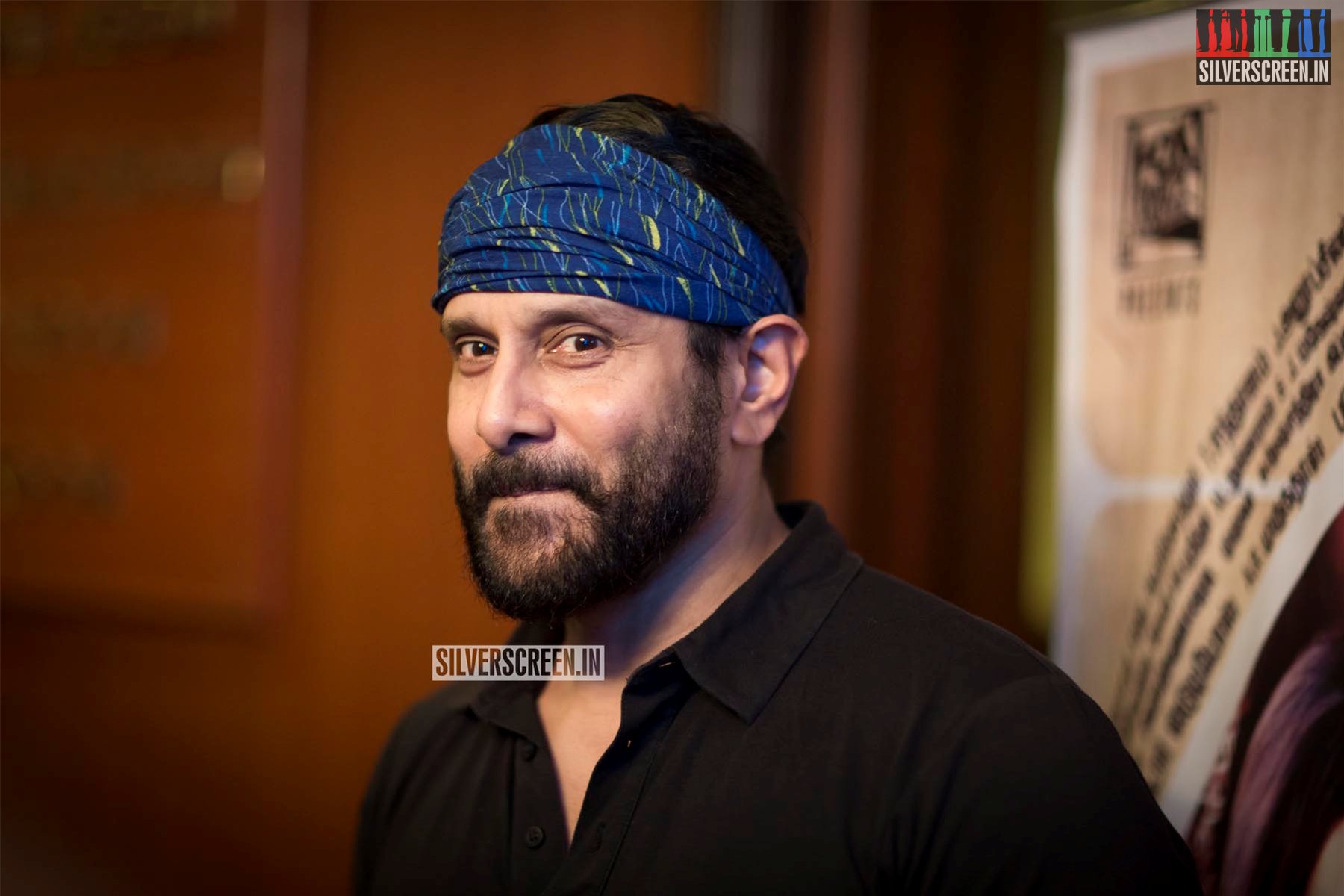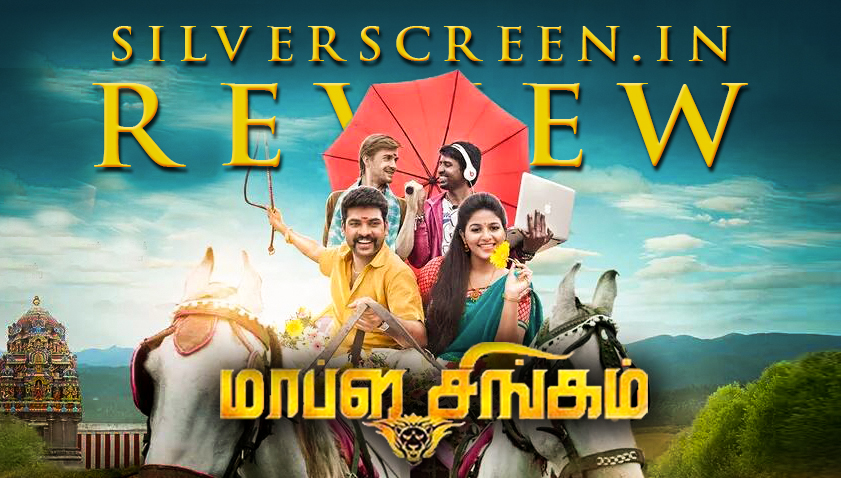The first name that comes to mind when one thinks of the ‘new cinema’ revolution in India, is Adoor Gopalakrishnan. His first film, Swayamvaram was made in 1972. Since then, in a career spanning 50 years, he has won the National Film Award 16 times, and the Kerala State Film Award 17 times. His films have been screened at all the major International Film festivals. In 2004, he won the Dadasaheb Phalke Award, the highest film award in India. The 75-year-old National Award-winning director and scriptwriter is back to directing after a gap of eight years. The auteur’s upcoming film Pinneyum marks his 11th directorial venture and his fastest film ever made.
Adoor Gopalakrishnan talks to Silverscreen about Pinneyum, censorship, and cinema today.
Pinneyum, he says, is a film about our lives, our sentiments and our desires for a better life. The film stars Dileep, Kavya Madhavan, Nedumudi Venu, and child actress Akshara Kishore. Pinneyum also marks the director’s first ever digital film.
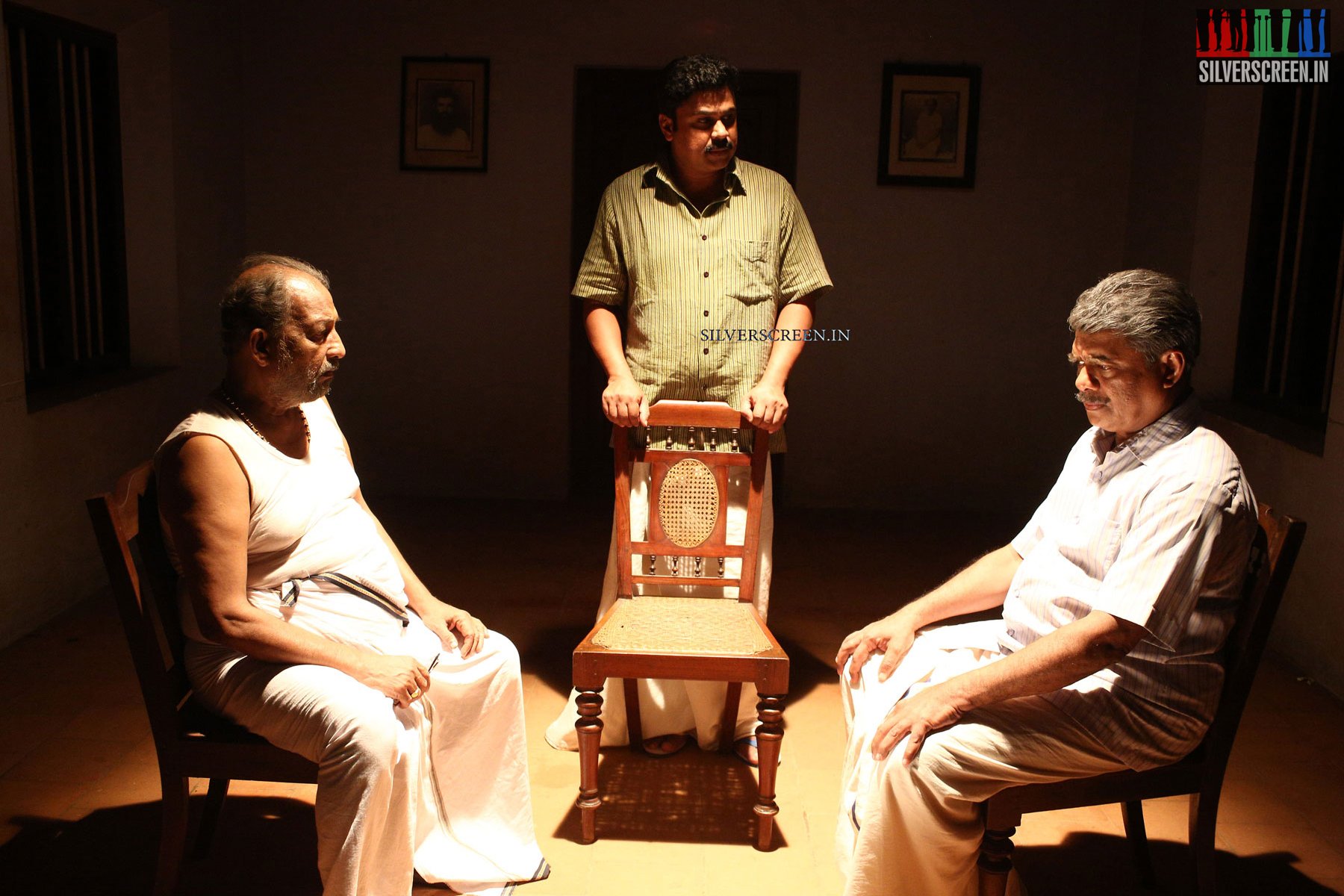
How different is Pinneyum from your other films?
Pinneyum, directly translates to ‘again’ (meendum in Tamil). The film is about an ordinary ‘law-abiding, god-fearing’ middle-class family that slowly gets drawn into crime. Crime drags them in deeper [until] there’s no escape. It is about that situation… it’s about the times we are living in, it’s about the greed to amass [wealth]. It is about a family – just like the ones we come from, and how we want different things in life.
What about the characters in the film?
According to Indian philosophy, accumulation [of possessions] is the cause of grief. Buddhism says, ‘renounce’. This is the base of Pinneyum’s story. Unlike in Buddhism that asks you to renounce, the family in Pinneyum fall into a mad rush of greed – and accumulation. This unemployed man gets a job. He soon earns a lot of respect. He slowly understands the power of money – what it can buy. Then his greed takes over.
All your films have strong female characters. In Elippathayam, the three sisters of the protagonist wear only one colour each: the eldest wears green for intelligence; the middle wears blue for submissiveness, and the youngest wears red to show her rebellious nature.
In the last scene in Swayamavaram, you drew parallels for your character, Sita in the slum, with the image of Sita of Ramayana.
In Naalu Pennungal, you chronicled the life of women from different strata of the society, showing how each of the four women was ahead of her times. What can we expect from Pinneyum’s female character?
I’d say this film will have my strongest female character so far. The female lead has a backstory: she loved a man with all her heart but he was unemployed, because of which, he was in no hurry to marry her. Played by Kavya Madhavan, the female lead in Pinneyum undergoes changes, and the film chronicles her transformation with time – also those of the other characters.
How has it been getting back to directing after 8 years? Do you see any change in the process filmmaking?
Time goes by and this whole process changes. One advantage now is you are not bound by anything. You don’t have to make a film a certain way anymore. The only disadvantage is that when you are working on something, you tend to forget where you left off, now.
Normally what used to happen is you would send one week’s negatives to Prasad Labs in Chennai and every week there is somebody coming in and giving you reports on whether the negatives are okay. After a month or so, after you’re done with the shooting, you come to Chennai and see the negatives get printed. Most of the time, you’re upset because you don’t have the same satisfaction you had while shooting.
Now it’s different. You can take the shot and immediately run it back and see how it is. You have a big screen and monitor all your shots, re-examine it and what not. I found it very suspicious [at first].
How long did it take you to shoot Pinneyum?
Less than 2 months. Since it’s the first time I’ve used digital filmmaking techniques, I must say I was a little apprehensive. But for Pinneyum, I was done with the shooting [very fast] and I started editing immediately. Normally, I take 4 months for only the editing. This time, the whole film, including editing didn’t take long.
Digital medium has made it very convenient. There are many technological possibilities; I needn’t re-shoot scenes I’m not happy with. Some of my films in the past went on for months. I would shoot at a stretch, with fewer breaks [as] I didn’t want to miss the continuity. But it was usually the editing that would take long.
You have adapted stories of Basheer in your works. How does adapting a story into a film work for you?
Well, I look at a story as though it were my own. I write it again and treat it like an original copy. Sure, I look at it as an inspiration but not beyond that. After that, I work on it for my film. When I nurse an idea, I come to a point when I can’t do anything else but write it.
But, it’s a tedious process. Converting an idea into a film – if the idea is brilliant and challenging enough, I start working on it. For Pinneyum, I wrote the first draft eight months ago. I like to have a thorough plan – which is perhaps why it took me less time.
What I do is, I shoot every film like it is my first film. Earlier, there was always a limit on the number of shots you could take, and the amount of footage you could use. Now, you can shoot it lavishly with innumerable shots. There’s no limit. Moreover, my editor also has a very easy job now.
What are your views on censorship? Do you think filmmakers now have something to worry about?
Censorship is not a concept that vibes with democracy. It is wrong to think that everything has to be watched and curtailed, from the top. This happens only under a military dictatorship where the administration, out of fear of being overthrown, has to pretend at playing the guardian of the citizens and keep a control on everything that happens. I do not understand why the censorship in this country is so focused on films.
The world has changed but the attitudes at the top have remained archaic. These days, you can download anything and everything from ‘clouds’. While there is an open gate on television from everywhere why does the administration go about with an axe to punish the film producer? After all, we have a great constitution that takes care of any word or deed that is anti-social and dangerous.
The Shyam Benegal Committee recently came up with a proposal of disclaimers before films. Do you think filmmakers have a social responsibility?
I feel filmmakers do have a social responsibility and it should get reflected in their work – and not by showing terrible ads in the excuse of protecting one’s health and life. These ads are an infringement on artistic expression. It befits those who consider cinema as just a commercial commodity for popular consumption.
How has your association been with Tamil cinema?
I studied at the Gandhigram Rural Institute in Madurai and was quite fluent in Tamil. I remember some of my classmates, who were great orators in Tamil, and I looked up to them; I was in awe of their command over a language that had a depth of meaning and sweetness of expression.
I admire Tamil language and culture. It has an interesting past and a long tradition. Look at the music and dance and literature – it is all preserved in its pristine form and feel. But the same cannot be said about cinema. Tamil cinema had great actors, but unfortunately, the films were not great enough to rub shoulders with international cinema. But I believe Tamil cinema has a very bright future because only from a great cultural past can rise something that is original and unique.
… and cinema today?
Recommended
We have this wrong habit of calling films made in different languages as ‘regional cinema’. It is a very wrong term. People think Hindi cinema is national cinema. No, it is not. We are all national cinema [sic]. So it is very important for audiences to see films that are outside their respective language and regions.
Probably the only filmmaker, who has transcended this barrier, is Satyajit Ray. Nobody talks about him as a Bengali filmmaker. He is known as an Indian filmmaker. That’s the right way to talk about filmmakers in the country.
*****
Pinneyum will release in Kerala on 18 August, and 19 August outside Kerala.
*****
(With excerpts from Gateway LitFest Press Meet)
Photo courtesy: Wikipedia
